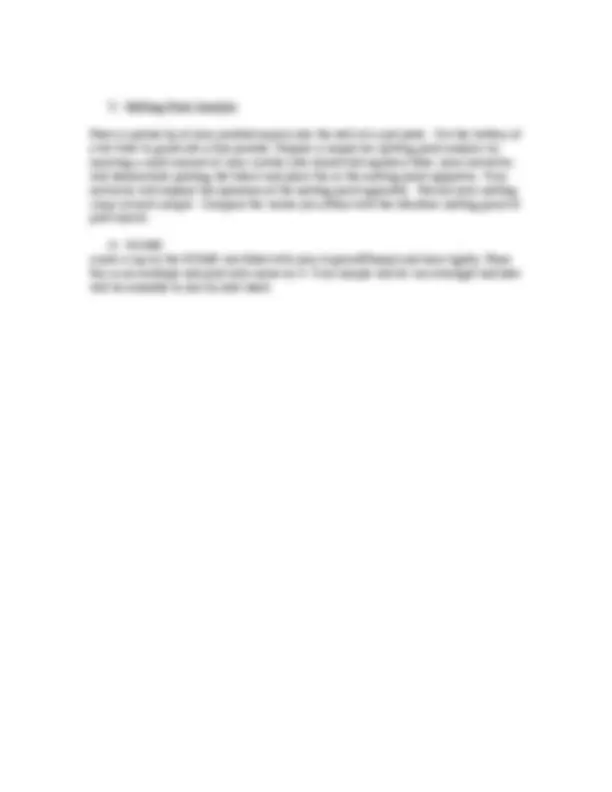



Study with the several resources on Docsity

Earn points by helping other students or get them with a premium plan


Prepare for your exams
Study with the several resources on Docsity

Earn points to download
Earn points by helping other students or get them with a premium plan
Community
Ask the community for help and clear up your study doubts
Discover the best universities in your country according to Docsity users
Free resources
Download our free guides on studying techniques, anxiety management strategies, and thesis advice from Docsity tutors
The solid aspirin product will be separated from the reaction mixture by suction filtration and further purified by recrystallization. A variety of techniques ...
Typology: Exercises
1 / 3

This page cannot be seen from the preview
Don't miss anything!


Preparation, Purification and Analysis of Aspirin (acetylsalicylic acid) Synthesis: We will prepare aspirin by reacting salicylic acid 1 with an excess of acetic anhydride 2 to produce aspirin 3 and acetic acid 4 : O OH OH O O O O OH O O O OH H 3 PO 4 (cat.)
1 2 3 4 The solid aspirin product will be separated from the reaction mixture by suction filtration and further purified by recrystallization. A variety of techniques will then be used to assess the purity of the product.
sufficient. Then add warm water drop wise (approximately 10-mL), until your solution turns cloudy. Again add just enough warm ethanol drop wise until the solution turns clear. Cool the solution on an ice/water bath prepared in a 250-mL beaker. Once sufficient amount of crystals have formed collect them by suction filtration as you originally did in Step 4 Analyses of Aspirin Product:
Using tweezers, carefully place the spotted plate into a developing chamber containing the eluting solution and cap the chamber. Allow the solution to rise up the plate until it nearly reaches the top. Remove the plate from the chamber and mark the top of the solvent front with a pencil. Place it on a clean paper towel in a fume hood and allow it to dry for several minutes. Visualize the eluted compounds on the plate using UV light, circle any spots observed with your pencil and note the colors and intensities of each spot. Measure the distance from the origin to the center of each spot and also the distance from the origin to the top of the solvent front. Use these values to calculate the Rf values for each spot: distance traveled by spot Rf = distance traveled by solvent front Caution: wear goggles and never look directly into the UV lamp